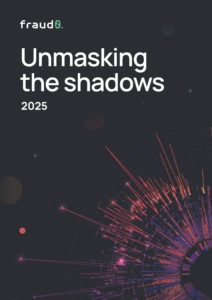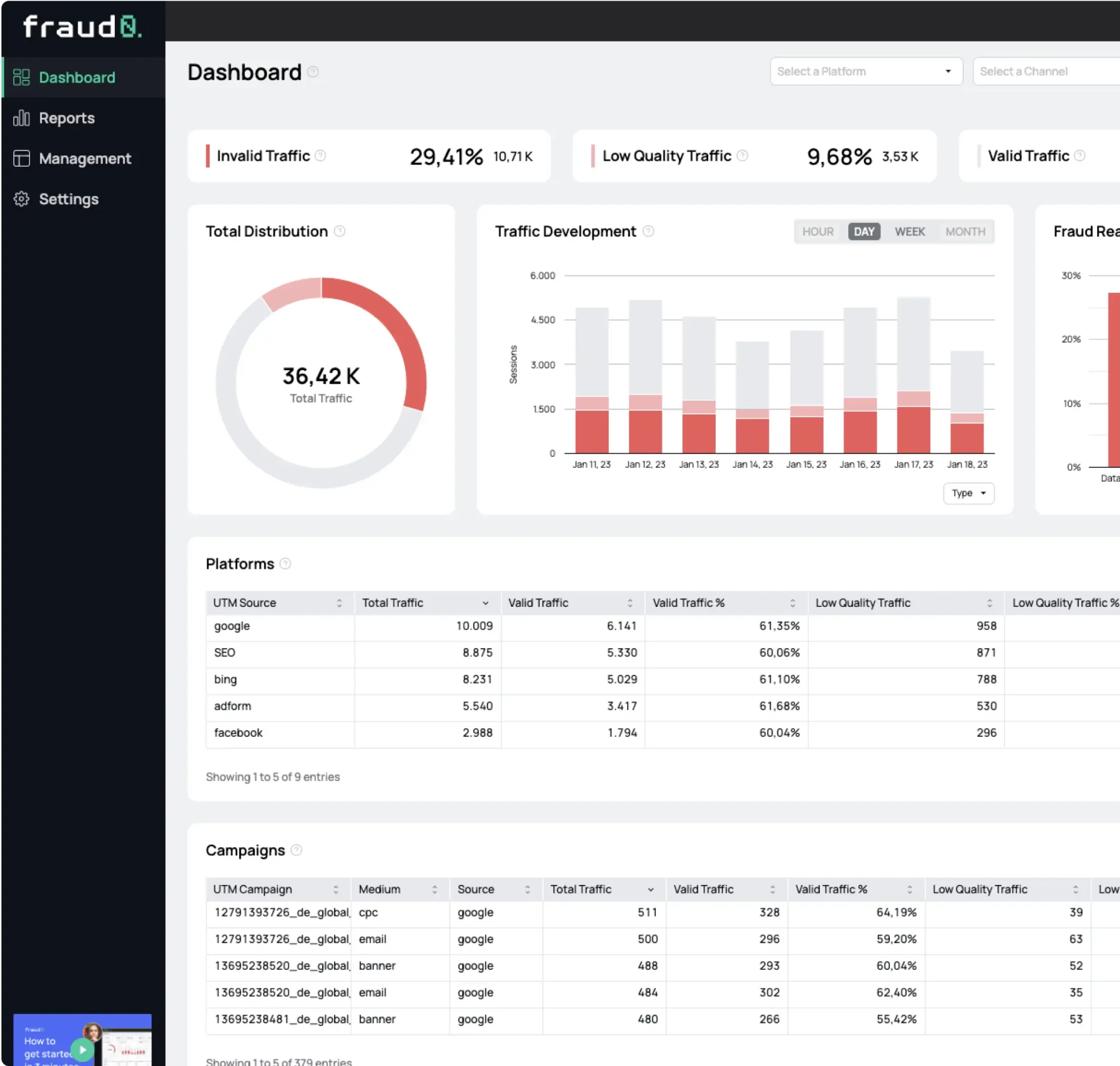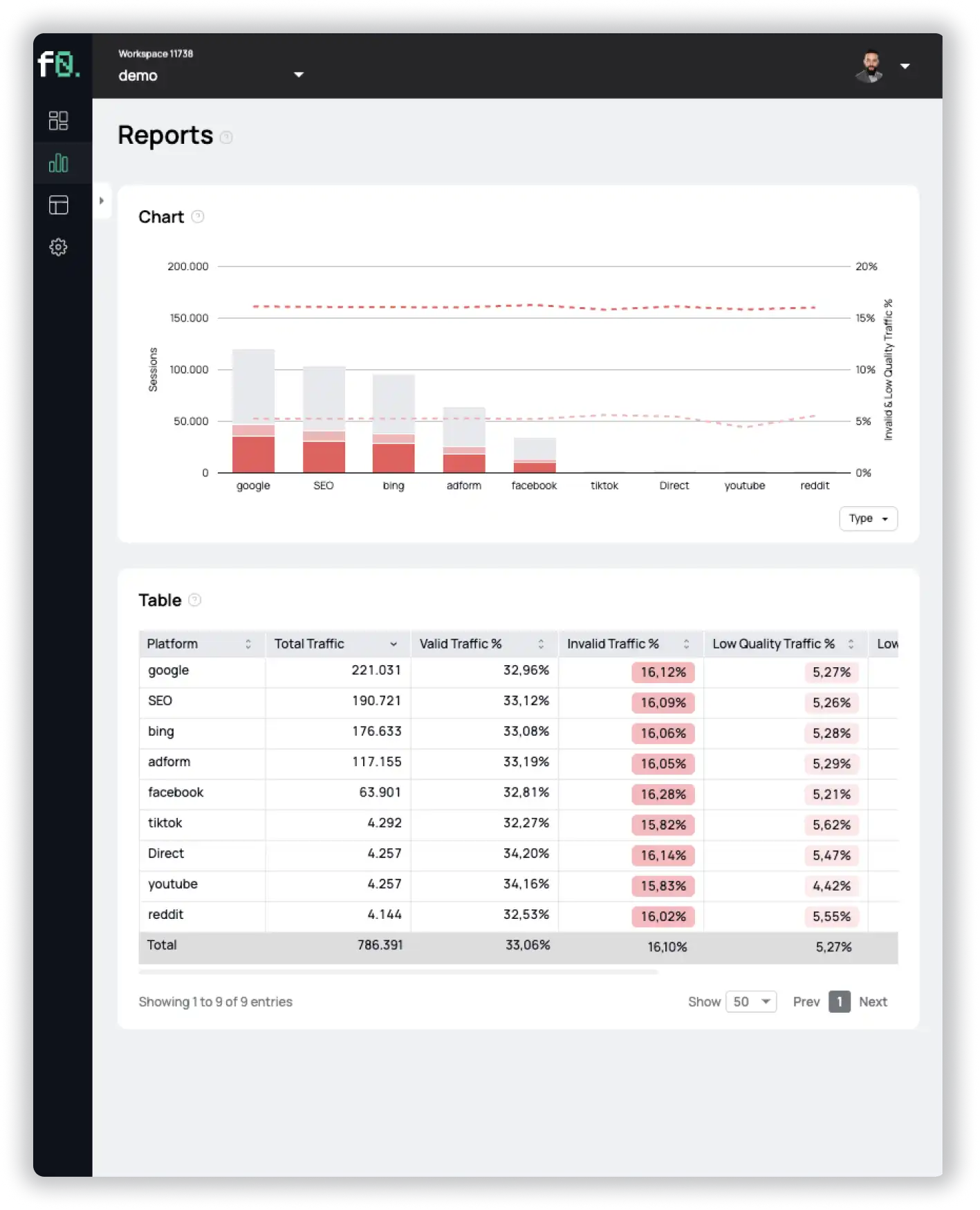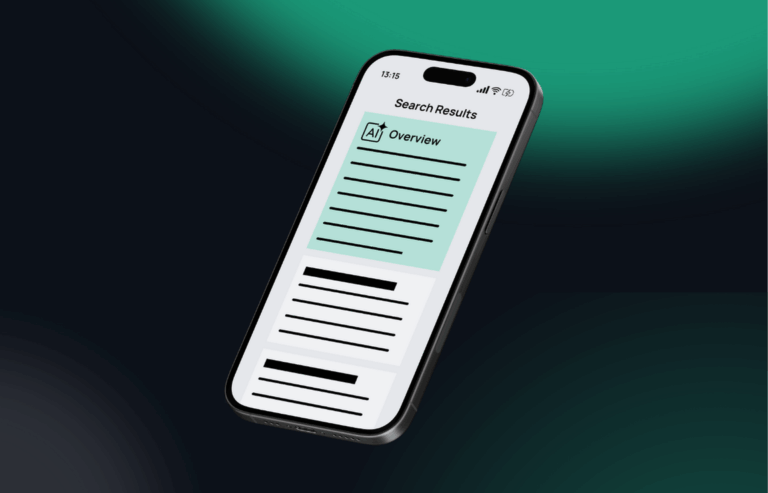- Blog
Biggest myths about ad fraud

Oliver Kampmeier
Cybersecurity Content Specialist

The truth is: if you have ever engaged in digital advertising on the Internet, you have been a victim of ad fraud in one form or another.
It does not matter if your competitors manually click on your ads to drain your advertising budget, or if your ads are clicked thousands of times by bots automated to fill the pockets of fraudsters.
Likewise, it makes no difference which industry you are in, how high your advertising budget is or which advertising platform you use.
In this article, we are going to look at the most common myths surrounding advertising fraud and explain to you why these myths are simply not true and every business is affected by them.

Myth #1: Bot traffic on the internet is not significant and declining
Although the exact number of bot traffic is very difficult to measure, it is estimated that between 40% and 60% of all internet traffic originates from bots. Our own data shows that the share of bot and low-quality traffic is around 57% across all industries. But you do not have to take our word for it. Just look at several other reports from the industry:
- 32% of all Cloudflare traffic is caused by bots
- 42.3% of internet traffic in 2021 was not human
- Automated traffic takes up 64% of internet traffic
These numbers are frightening in themselves, but an end is by no means in sight. Bot traffic does not decrease, quite the opposite: In 2020 alone, its share of total internet traffic increased by almost 10% compared to the previous year.
But how significant is the impact of bot traffic, ad fraud, and fake clicks really? Good question! Juniper Research recently released a new report that estimates $68 billion of total digital ad spend will be lost to fraud in 2022 alone. That is an $8.4 billion increase compared to 2021!

Myth #2: There is no ad fraud in my industry
Depending on the industry, advertising fraud rates can vary widely. We have seen particularly high fraudulent clicks on ads in the area of local services. That means that craftsmen, plumbers, locksmiths and photographers are particularly affected. In some cases, well over 50% of all clicks on their ads were invalid. The lowest values we observed were in the retail sector, with around 12% of fake clicks.
The extreme difference between the industries is almost certainly due to competitors. Especially in large cities, the competition for local services is very fierce. So it is not too surprising that competitors are turning to ever more extreme means to gain an advantage. Automated bots are used to click competitors’ ads in order to drain their daily advertising budget so that interested people only see one’s own ads in search engines.
What you need to understand in any case: No industry is free from advertising fraud! Every advertiser and every ad campaign is affected by ad fraud.

Myth #3: My ad campaign budget is low, fraudsters do not care about it
Let’s face it: Fraudsters do not care how big your advertising budget is. As soon as you start advertising, you become a victim of ad fraud. The only question is how much money you will lose.
Small businesses in particular cannot benefit much from brand campaigns, but in most cases have to bid on more competitive keywords that may well cost several dollars per click. But even if you run ads on less competitive keywords that cost only a few cents per click – once bots start automatically clicking on your ads thousands of times, you will ultimately lose thousands of dollars as well.
In case you have set a low daily advertising budget, your reach will also be very low, as the budget will already be used up in the early morning hours. Thus, you will not only lose money due to fake clicks, your ads will only be seen by a fraction of your potential target audience and you will not be able to achieve any success with them.

Myth #4: I only run cost-per-lead campaigns, so I am protected
While you may experience slightly less fraud if you run a cost-per-lead (CPL) campaign or optimize your campaigns for conversions, you will still have a significant amount of bot traffic and fake leads. This is due to two factors:
- We have seen many sophisticated bots that can mimic human behavior in great detail. This includes consenting to cookie banners, adding products to the shopping cart, and filling out forms.
- Much of the ad fraud comes from devices owned by real consumers. This gives them real and existing history, including real cookies and device IDs, allowing bots to appear in remarketing lists and attribution models.
Because bots are so good at impersonating humans these days, they can be found throughout all forms and analyses of any advertising campaign.
Read our extensive guide on this specific topic, if you want to know more about the impact of invalid traffic (IVT) on your marketing.

Myth #5: I only buy directly via premium / certified publishers
Ad fraud is not only a problem with programmatic buys, but can also happen to you via premium marketplaces (PMP). We have already seen direct buys with more than 90% fake and low-quality traffic.
This is due to a number of reasons. Some of them are that publishers often – intentionally or unknowingly – buy bot traffic via third-party services or simply already have a significant amount of fake traffic already organically. In other cases, publishers simply report incorrect numbers over a long period of time, misrepresenting billions of ads.
Furthermore, you should not even trust TAG verified / certified companies, as the case around vdo.io clearly shows. The fraudsters set up fake companies, make up fake employees, and go through the validation / certification process pretending to be legitimate. Only when the process is complete does the ad fraud begin.

Myth #6: Google blocks any fraudulent activity automatically
Many advertisers believe that Google, Facebook, and other ad networks automatically block fraudulent activity through built-in mechanisms. While this is true to some extent, and the major technology companies have various ways of blocking bots and fake clicks on ads, this is only a small part of all the fraudulent activity out there.
These companies have to fight different wars on multiple fronts at the same time: identity theft, credit card fraud, fake ads, click fraud, etc. For every bot out there whose behavioral pattern can be reliably detected, there are already 10 new ones just waiting to be developed and released.
On top of that, these providers often earn money from every click on ads served through them, which means that they are not too interested in preventing fake traffic completely.
In addition, with these platforms you often have to prove that your own campaigns were affected by bots and false clicks in order to receive a refund afterwards. This means that you lose money for the time being and have to hope that your refund request will be approved and that you will be refunded the money afterwards.

Myth #7: Most bots can be identified easily
A few years ago, it was pretty easy to spot most of the bot traffic. If you looked at your analytics, you could quickly notice unnatural patterns like:
- 0 second time-on-site
- 100% bounce rate
- Traffic from countries outside your main markets, mainly from Southeast Asia
- Outdated user-agents
- Constant traffic throughout the day
- Traffic coming from the same IP address
- And many more
These days it is not so easy to identify bots in your analytics. Bots have evolved a lot in recent years and no longer just come from data centers or click farms.
On the one hand, bot developers have studied human behavior and programmed patterns such as mouse movements, page scrolling, and timing intervals of various actions that the bot adheres to during a page visit.
On the other hand, more and more bots are being deployed in the background via malicious apps that record real user actions and thus show up in your evaluations via real devices with real history. A particularly popular target are game apps for children that place invisible ads under each click on the screen.
These factors hide bots very well nowadays, making manual detection and blocking almost impossible.

Myth #8: Ad fraud detection software is not for small businesses and is too expensive
You are already paying for your ads, so why should you also pay for additional software, you may ask. The truth is that no matter the size of your business, your ad campaigns are most likely to be affected by ad fraud. This includes automated bots, unintentional clicks from real people that you still have to pay for, and even competitors who manually click on your ads multiple times a day just to drain your ad budget.
The more advertising budget you have, the more of it is wasted on ad fraud. An ad fraud detection software such as fraud0, on the other hand, remains constant in cost. This means that the purchase of such software will pay for itself within a few months or in some cases even days, depending on your monthly advertising budget.
In addition, you also need to factor in the manual work time that you save by not having to look for unnatural behavior patterns in your analytics to then manually create exclusion lists. A fraud detection software detects fraudulent activities much faster and better and on top of that does everything automatically in the background.
- Published: June 1, 2022
- Updated: July 2, 2025

See what’s hidden: from the quality of website traffic to the reality of ad placements. Insights drawn from billions of data points across our customer base in 2024.
1%, 4%, 36%?




